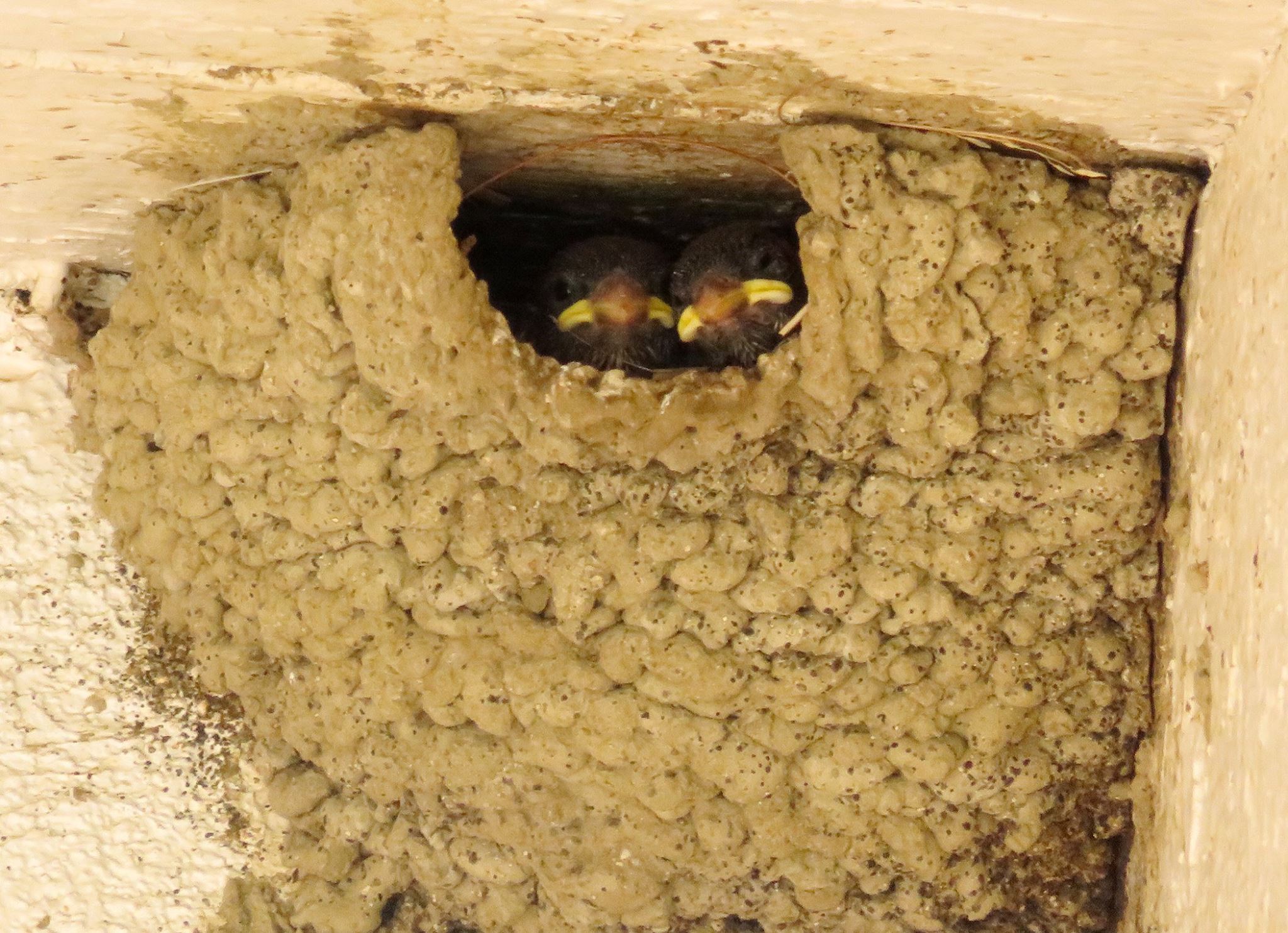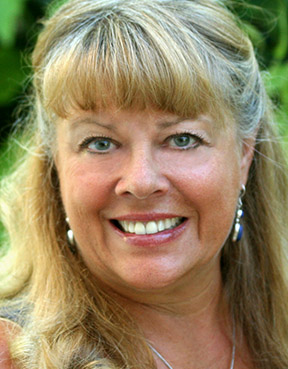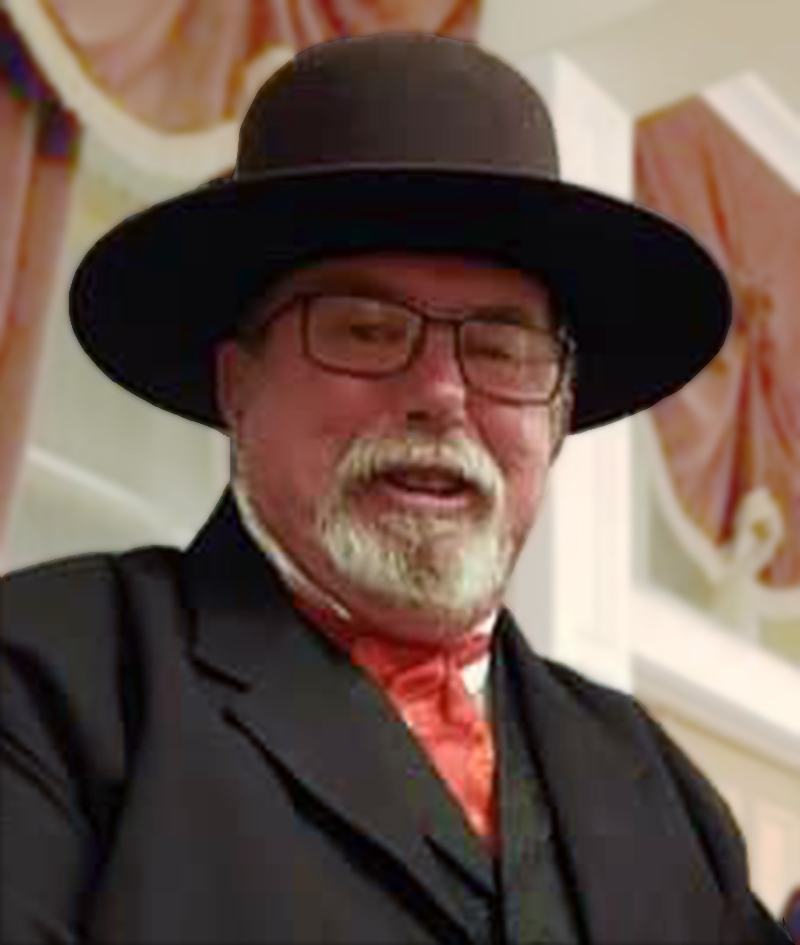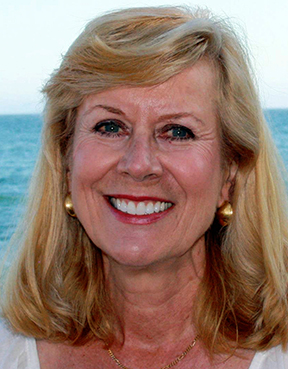 In my role as a docent at the Placerita Canyon Nature Center, it is not uncommon to hear someone say there were far more insects, be they butterflies or bees or virtually any insect, when they were growing up, than now. I would echo those thoughts – whether growing up on Long Island, N.Y., as I did, or others who are native Californians. There are repeated articles commenting on the decrease of the Monarch butterfly that has recently been recognized as reaching crisis proportions.
In my role as a docent at the Placerita Canyon Nature Center, it is not uncommon to hear someone say there were far more insects, be they butterflies or bees or virtually any insect, when they were growing up, than now. I would echo those thoughts – whether growing up on Long Island, N.Y., as I did, or others who are native Californians. There are repeated articles commenting on the decrease of the Monarch butterfly that has recently been recognized as reaching crisis proportions.
When I visited one of the over-wintering sites for the Monarch butterfly in Goleta, just north of Santa Barbara, in January 2012, it was estimated there were 50,000-plus individuals there, and it was an impressive sight. I brought some friends back to the Monarch Groves in Goleta in January 2013 and it was estimated there were approximately 15,000. Still impressive, but clearly down from the previous year. My sister visited this past December – it was 2013, but it was the next season, as far as the Monarchs are concerned – and there were at best 5,000 butterflies.
She was impressed by this number in a small area but did not have the benefit of being able to compare to prior years. This level of decline was being encountered all over the country. The implications for the future, unless something is done, are frightening.

A Western tTiger swallowtail with pollen on head and thorax. Photos by Paul A. Levine except as noted.
Butterflies are among our local pollinators, but not the only ones. Bees are the most effective pollinators, followed by beetles and flies. Overall, pollinators, not just butterflies, are being decimated, yet they are absolutely essential for our fruits and vegetables.
A recent analysis conducted by researchers across North America indicates that one-third of the 46 bumble bee species are at risk of extinction. Indeed, wild bee species appear to be more effective crop pollinators than honey bees on a bee-for-bee basis. Crop yields are significantly higher when wild bees are integrated into farm systems.
The researchers identified a couple of critical factors. Wildflower-rich habitat on farms’ natural areas, along with the careful use of insecticides, are critical links to support wild bees. This is also important to support the health of honey bees. The wildflowers help to ensure a stable supply of nectar and pollen throughout the growing season, even when bee-pollinated crops are not in bloom.

Native bee on a sunflower. Note the pollen collected on its hind legs.
Where habitat has been destroyed, its restoration, with the planting of native wild flowers combined with measures to reduce pesticide use, is essential to restore the bee and other pollinator populations.
The threat to our bees and other pollinators is multifactorial. In addition to the loss of habitat and use of insecticides, there are parasites (yes, even insects have parasites that can decimate their population), and as the population declines, a lack of genetic diversity.
The issue of pollinator decline has reached epic proportions. On June 20, the issue was brought to national attention beyond that of just the scientists by release of a presidential memo on “creating a federal strategy to promote the health of honey bees and other pollinators.”

Fly and beetle on sunflower. The flecks of yellow on the body and the legs are pollen which will be transmitted to other flowers as they move from flower to flower to obtain nectar.
To emphasize the value of our insect pollinators – far more effective than birds, bats and some small mammals that are also pollinators – the honey bee pollination accounts for more than $15 billion in value to agricultural crops each year in the United States.
There is a condition known as colony collapse disorder (CCD) among commercial honey bee farmers that not only threatens the viability of the industry but also the agricultural industry that these bees make possible. Without pollination, nuts, fruits and vegetables – which are basically seeds and their surrounding nutrients – will not develop.
It has been estimated that pollinators contribute $24 billion to the United States economy. Insect pollination is integral to food security in the U.S., with honey bees enabling the production of at least 90 commercially grown crops in North America. Globally, 87 of the leading 115 food crops are dependent upon animal pollinators contributing to 35 percent of the global food production.
The memo from the White House stated that “given the breadth, severity and persistence of pollinator losses, it is critical to expand federal efforts and take new steps to reverse pollinator losses and help restore populations to healthy levels.”
I truly hope this is more than just talk, but to begin with, the secretary of the Department of Agriculture and the administrator of the Environmental Protection Agency have been charged with establishing a Pollinator Health Task Force with members coming from virtually all of the federal departments and agencies including but not limited to the Office of Science and Technology Policy, the National Science Foundation, the Council on Environmental Quality, the Department of the Interior and the Department of Housing and Urban Development. Overall, there are 15 constituent agencies participating on this task force.

The yellow-faced bumble bee is a local Southern California resident.
The first task, due in 180 days (December 2014), is a strategy to be developed with explicit goals, milestones and metrics to measure progress that will include research, education and the establishment of public-private partnerships.
Some of the things the various departments and agencies of the federal government have been tasked with include the following: The Army Corps of Engineers has been instructed to incorporate conservation practices for pollinator habitat improvement on the 12 million acres of land and waters at resource development projects across the country. The Department of Defense has been instructed to support habitat restoration projects on its various military service installations and to use, when possible, pollinator-friendly native landscaping and minimize the use of pesticides. Other departments have been instructed to plant pollinator-friendly vegetation, increase flower diversity in plantings, and limit mowing practices along the side of highways and other areas.
But we, the individual citizens of Santa Clarita and indeed every citizen in the United States, should take this issue seriously and do our best as citizen-scientists to support the ongoing research effort as well as improve our local habitat, as small as it may be. We should collaborate with others whenever possible to multiply our individual efforts – even though there are challenges such as our current drought that will seriously impact native wild flowers and the bees and other fauna that depends on these flowers.

Native plants thriving in the back yard of a local Santa Clarita resident. Photo: Sima Bernstein, Placerita Canyon Nature Center volunteer.
A. Plant nectar and pollen resources that pollinators feed on. This is best accomplished with native plants. This can be flowers, shrubs and trees with overlapping bloom times to support pollinators from spring through the autumn.
B. Provide a home for pollinators by leaving patches of bare ground (solo native bees burrow in the ground), brush piles or install nesting blocks. Also plant butterfly host plants for caterpillars.
C. Both pesticides and herbicides are harmful, so minimize and preferably eliminate their use. Pesticides are indiscriminate killers, both for the bugs you consider a pest but also for the good insects, while herbicides reduce food sources such as flowers from the landscape.
For specific information, visit the Pollinator Conservation Resource Center at www.xerces.org and participate in the Bumble Bee Watch (www.bumblebeewatch.org). The Xerces Society is devoted to invertebrate zoology. Its website is www.xerces.org and its address is 628 NE Broadway, Suite 200, Portland, OR 97232. The Xerces Society published a book in 2011: “Attracting Native Pollinators: Protecting North America’s Bees and Butterflies,” and it can be ordered from the Society.
Paul A. Levine is a docent-naturalist at Placerita Canyon Nature Center and an avid butterflier.
Like this:
Like Loading...
Related










 Tweet This
Tweet This Facebook
Facebook Digg This
Digg This Bookmark
Bookmark Stumble
Stumble RSS
RSS









































REAL NAMES ONLY: All posters must use their real individual or business name. This applies equally to Twitter account holders who use a nickname.
4 Comments
We had MANY more bees in Canyon Country even two years ago. I get the drought but I also get that the Santa Clarita (actually the State) gov allowed our trees to get sprayed to keep away flies on citrus trees. Problem is that it was all paid for by GMO companies to wipe out bees and make small farms dependent on Monsanto seeds. Our house was not allowing it but across the street (and yes, I have proof) they went beyond the property lines. As long as the gates were not locked and the info they sent us, they legally were allowed.
Why doesn’t the Santa Clarita sorry government speak on this. It’s really easy to find if this news channel cares?
Nevermind. You don’t.
I asked that of a scientist from the natural history museum and he said that’s not true. Just our cities are bigger so we just don’t see them but the total number is not less
Love your articles, Paul!!!
Monarch butterfly populations are not hardly “in peril”. I will be filming swarms of them just 2 weeks from now in and around the Monsanto crop monocultures of the upper Midwest and posting the videos at https://www.youtube.com/user/4af by Sept. 1 In regard to honeybees, the colony collapse disorder problem disappeared about 3 years ago so it’s no longer an issue for beekeepers, yet this article says it “threatens the viability of the agricultural industry.”